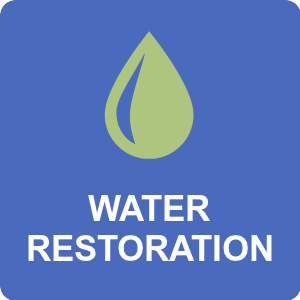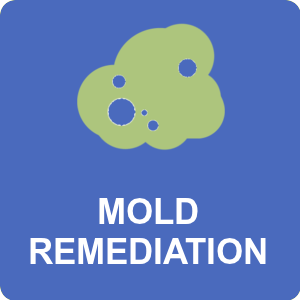Many times, homeowners don’t realize there are a variety of ways your home and property can become flooded. Below are some tips to prevent the devastation that we have seen our customers go through in recent weeks.
Investing in Sandbags
Sandbags are largely available, relatively cheap and can drastically help to keep water away from your property. By strategically placing sandbags around the property you can divert the course of the water and prevent it from entering your home. Be sure to act as soon as possible for maximum efficiency.
Seal Doors and Low Windows
Entrances to your home are not just places to greet friendly guests, they’re places that water can enter too. One way to keep rising water away from the door seals is with purpose-built flood boards. These can be installed in very quick notice and are very effective for waters up to a certain height. Houses in flood-prone areas should always invest in flood-proof doors and windows.
Fit Water Guards
There are certain points in your home that water can enter, such as ventilation bricks and drain pipes. By fitting guard covers and non-return valves, you can stop water from invading your home from these points. Failing to do this can result in waste water entering the property and causing excessive damage.
Put Valuables Upstairs
If it is too late to prevent water from entering your home then you can reduce the amount of damage caused by the waters by moving valuable items to higher floors. If you have the space, moving things like sofas, TVs and electronics upstairs can save you thousands of dollars and prevent you having to make a hefty insurance claim.
Prepare Your Pool
If you have a swimming pool, you should drain it by 1 or 2 feet but not entirely. This will allow for some excess water to be taken on without damaging the pool’s finish or cracking the walls. Make sure that all the pool equipment is taken out and stored, continued use of this equipment during a flood can cause it to break due to large amounts of debris in the water. When the flood has receded, be sure to continue maintenance like cleaning out debris, balancing the water pH, super-chlorinating the water and running the filter until the water is clear again.
Long-term Protection
Areas that are flooded regularly can prevent the amount of damage that occurs during flooding by installing concrete or tiled flooring. Another modification would be to move wall sockets higher up the wall and installing the boiler upstairs, both of these will prevent water-based electrical damage. These aren’t quick fixes and they can be expensive to install, but if flooding is a frequent occurrence, then it can save a lot of time and money further down the line.
In the event you do experience flooding in your home or business, it’s best to call the experts immediately. We work with insurance companies to get the process moving quickly and get you back in your dry home or office as soon as possible.
Contact the experts at Sage Restoration today. You’ll be glad you did! #ServiceWithCompassion








